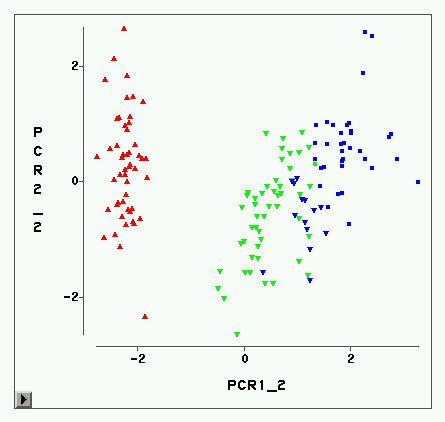Sleep apnea is a disorder that has serious consequences for the pediatric population. There has been recent concern that traditional diagnosis of the disorder using the apnea-hypopnea index may be ineffective in capturing its multi-faceted outcomes. In this work, we take a first step in addressing this issue by phenotyping patients using a clustering analysis of airflow time series. This is approached in three ways: using feature-based fuzzy clustering in the time and frequency domains, and using persistent homology to study the signal from a topological perspective. The fuzzy clusters are analyzed in a novel manner using a Dirichlet regression analysis, while the topological approach leverages Takens embedding theorem to study the periodicity properties of the signals.
翻译:睡前脑膜炎是一种对儿科人口有严重后果的疾病。最近有人担心,使用动脉-希波涅指数对病症进行的传统诊断在捕捉其多方面结果时可能无效。在这项工作中,我们迈出第一步,通过对空气流时间序列进行分组分析,对病人进行口哨,以此解决这一问题。这是以三种方式处理的:在时间和频率范围内使用基于地貌的模糊组合,以及利用持久性同质学从地形学角度研究信号。使用Driclet回归分析,对模糊的组群进行了新颖分析,而根据地貌学方法则利用嵌入信号的周期特性来研究信号的周期性。




